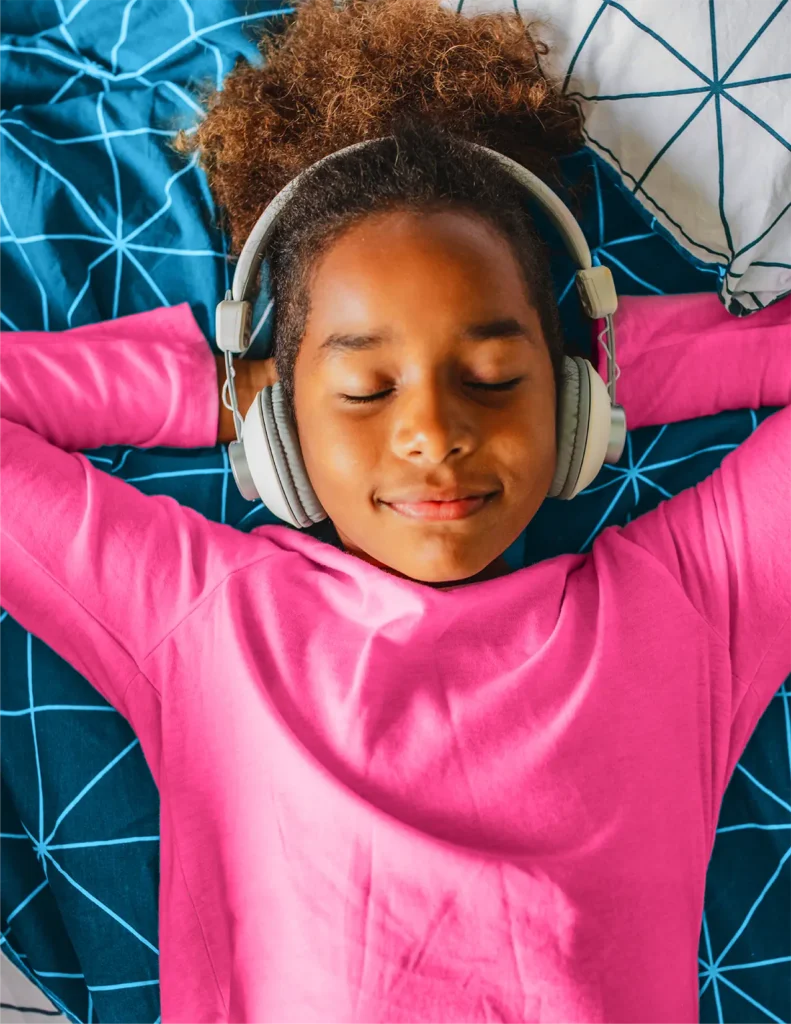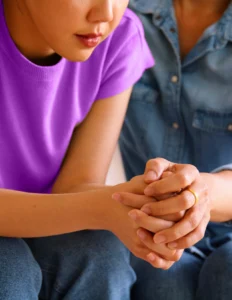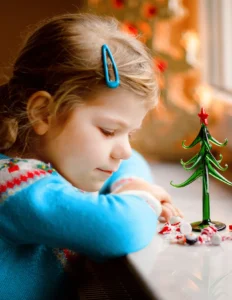Helping children deal with mental health issues can be stressful, especially if you don’t have the means to afford professional guidance. Luckily, there are a lot of ways to help kids to stay calm and become more centered at home – and many of these activities don’t cost a penny!
Here are 10 fantastic calm-down activities and strategies you can try at your house without spending a lot of money.
Meditation
Most people don’t learn about the benefits of meditation until they are adults, but the practice is just as effective for children. And the earlier they learn to use meditation to calm their body and mind, the easier navigating puberty and other coming-of-age challenges will be.
At first, the idea of asking a child to hold still long enough to meditate might sound impossible, but sessions as short as five minutes can show real results. You can find many short guided meditation videos for free on YouTube.
Mindfulness
Teaching children mindfulness skills can help them build confidence, better cope with challenges and improve focus.
To get your kids started, begin with the simplest form of mindfulness, which is taking time to pay attention to what is happening in the present moment. To focus on what you’re feeling, what you’re hearing and what you’re seeing.
At first, don’t worry about reaching a certain state of calm or having them clear their minds. Just focus on being still and being honest about what they are experiencing in the moment.
Vigorous exercise
Whether it’s going for a run, jumping rope or playing sports, kids that exercise at home feel better, both physically and mentally.
Arts & crafts
Whether you’re 6 or 16, growing up is confusing. Giving your kids an outlet to share their thoughts and feelings artistically is a great way for them to process those emotions and share them with the adults in their lives.
Ask a child how they’re feeling and they’ll clam up. Ask them to paint or draw a picture of what they’re feeling and you’ll soon have a window into their emotional well-being.
Create a vision board
To expand on using art therapeutically, the process of creating a vision board can help children see the bigger picture of how their daily actions work together to push them towards the life they want to live. Ask your child to cut out words and pictures from old magazines that speak to their interests and dreams. Then, display their vision board on the wall in their bedroom to encourage them to focus on what’s important to them when they’re upset.
Walk in nature
Spending time in nature soothes just about everyone, but few children will seek out nature escapes on their own. You don’t need to go far. Just to a nearby park or even around the neighborhood.
Journaling
Writing it out can be a productive way for children of all ages to get their feelings out and process them, especially if they are able to do so without the fear of having their journal read. Give your child a notebook and a safe place to keep it.
Designate a special calm-down space
Setting up a designated calm-down space in your home provides kids a place to retreat to when they feel out of control and need to get away from the group. Make this space comfortable so your child sees it as a positive place to be when they need a time out, and make it very clear that they are welcome to rejoin the family whenever they are ready.
Sing out loud
If listening to music is good for your mental health, singing your favorite tunes out loud takes the benefits to the next level.
Similarly, giving your child permission to release their pent up emotions with a primal yell can be very calming and effective.
Yoga poses
Simple yoga poses like the downward dog, cow pose, flamingo pose and frog pose are great for activating muscles and resetting the nervous system. Sticking with animal poses also makes yoga fun and more engaging.
Care at home works
Teaching your children self-care can have long lasting benefits that will continue to help them deal with mental health issues for years to come. Care at home doesn’t have to be complicated, it just requires taking a little time to be intentional about helping your child take a step back and focus on themselves.



